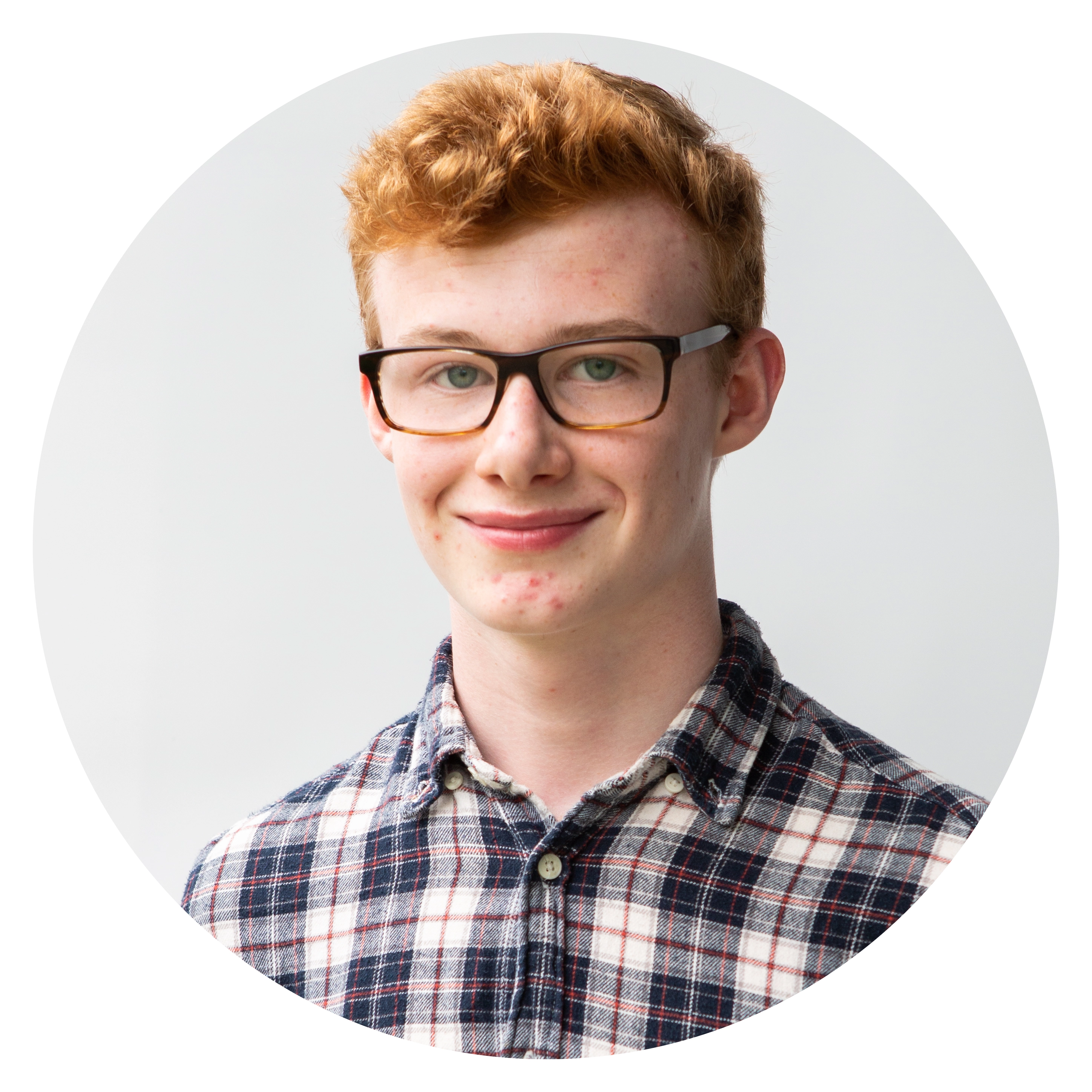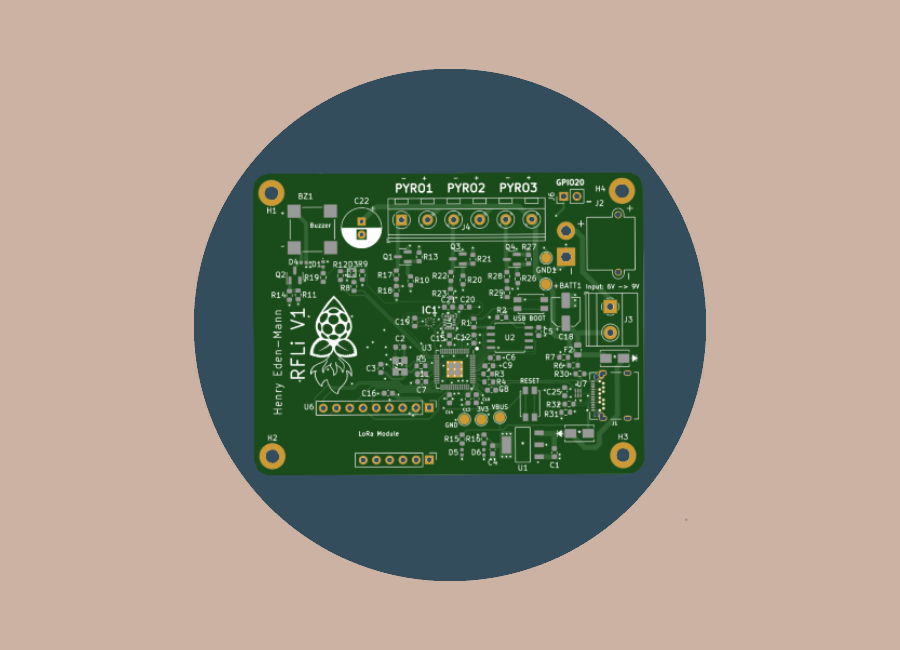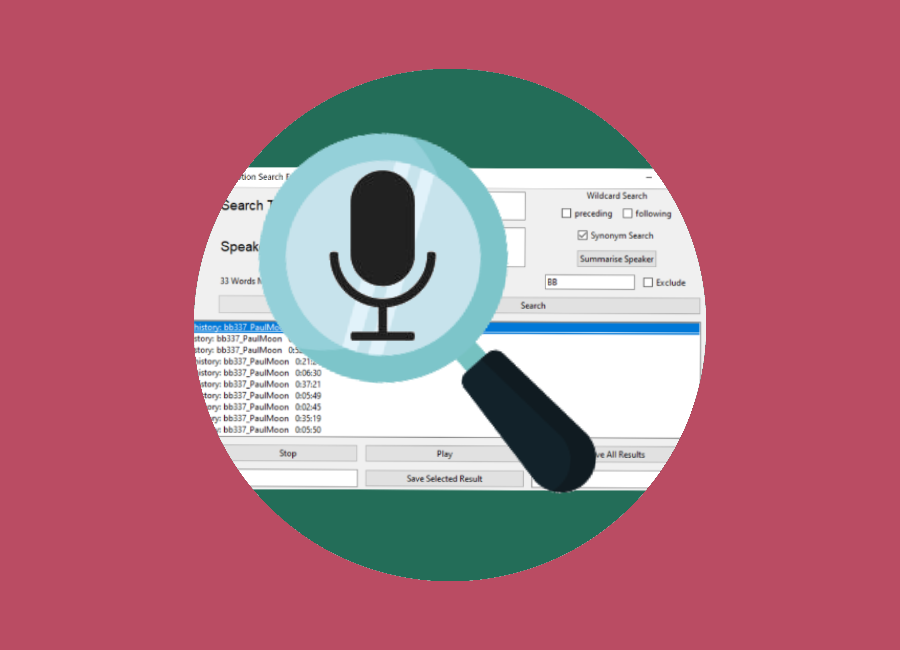
Henry Eden-Mann
Graduate Mechatronics Engineer

Graduate Mechatronics Engineer







Hi, my name is Henry Eden-Mann. I have recently graduated with a Bachelor of Engineering achieving First Class Honours, specializing in Mechatronics (2023) from the University of Canterbury, New Zealand.
I am highly self-driven and curious, wanting to make a positive difference using engineering. I've had a lifelong interest in robotics and aerospace. These projects range from autonomous drones and planes to rockets and flight computers!
I am comfortable programming in Python, C, C++, HTML, CSS, JavaScript, and MATLAB. I am competent with CAD/CAM tools, rapid manufacturing, and the design and manufacture of embedded systems. When I'm not building robots, I'll be skiing, unicycling, or tramping!
Progress through my degree: